Native American Voices
Discover a living tapestry of Nations with distinct histories and unexpected identities, and leave preconceptions behind.
Main Level
Included with Museum Admission
Kachina doll, Hopi, 38929
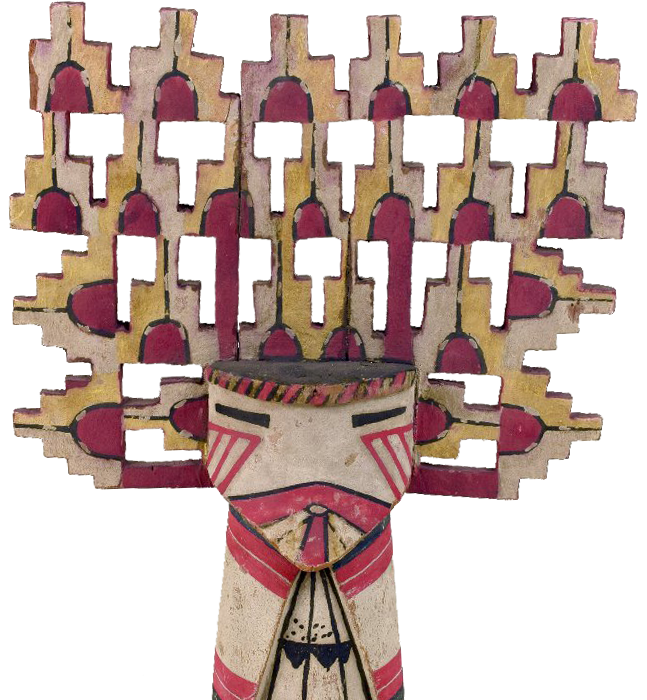
Discover a living tapestry of Nations with distinct histories and unexpected identities, and leave preconceptions behind.
Main Level
Included with Museum Admission
Kachina doll, Hopi, 38929

Gain a new understanding of the first inhabitants of this land through nearly 400 remarkable objects alongside contemporary Native American perspectives.
Kachina doll, Hopi, 38929
Explore this gallery, which is organized around four contemporary topics that hold importance for many Native American and Canadian First Nations peoples today: local Nations, sacred places, continuing celebrations, and new initiatives through the voices, work, and accomplishments of leading Native American specialists. The Museum’s North American collections include approximately 120,000 archaeological and 40,000 ethnographic objects from hundreds of Indigenous communities. Many were excavated or collected by Penn archaeologists and anthropologists through the mid-20th centuries. Other items have been donated to the collection, and the Museum has purchased contemporary pieces as well. The Louis Shotridge Digital Archive was created in 2010 to make its Tlingit collections from Southeast Alaska acquired by Louis Shotridge, the Museum’s first Indigenous Curator, accessible to the public.
Since the Native American Graves Protection and Repatriation Act (NAGPRA) was signed into law on November 16, 1990, the Penn Museum has been working with Native American and Native Hawaiian communities on the respectful return of human remains of their peoples. Learn more.
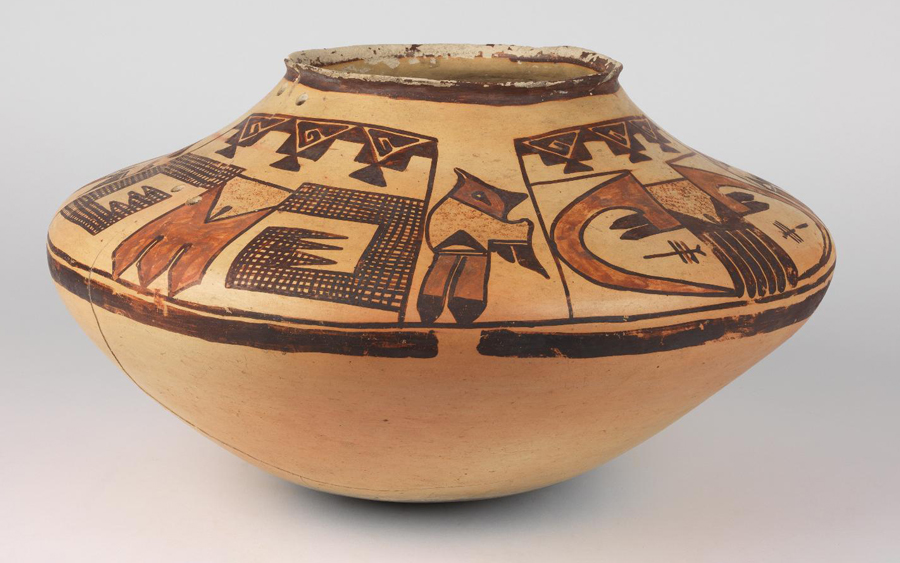
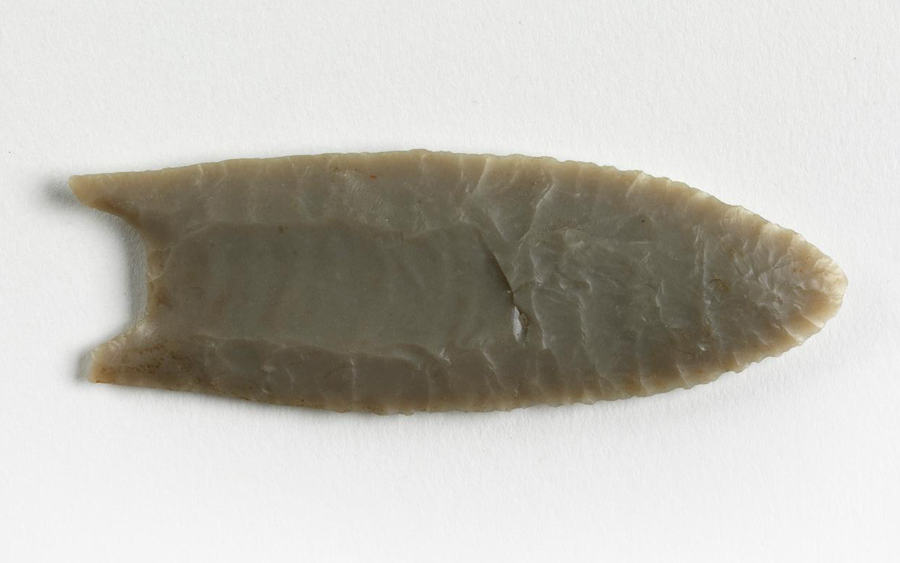
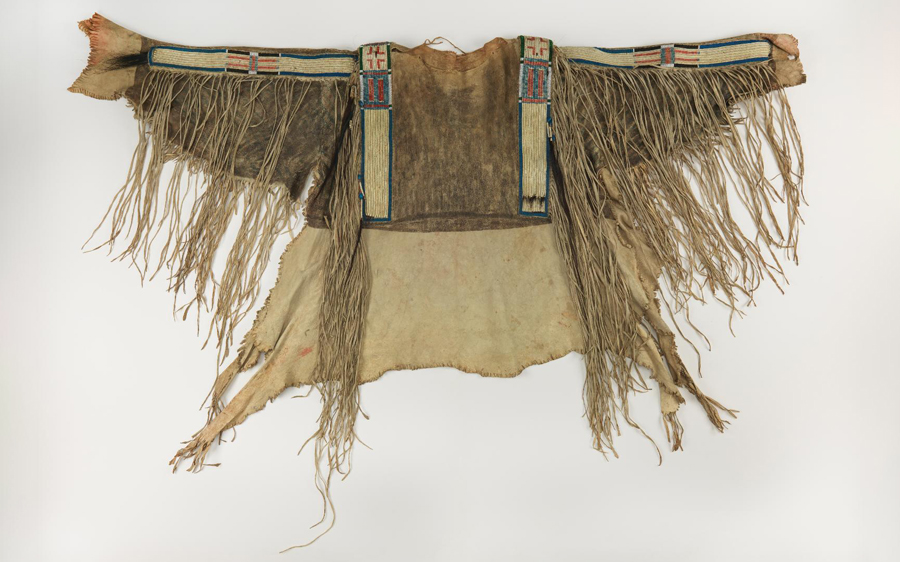
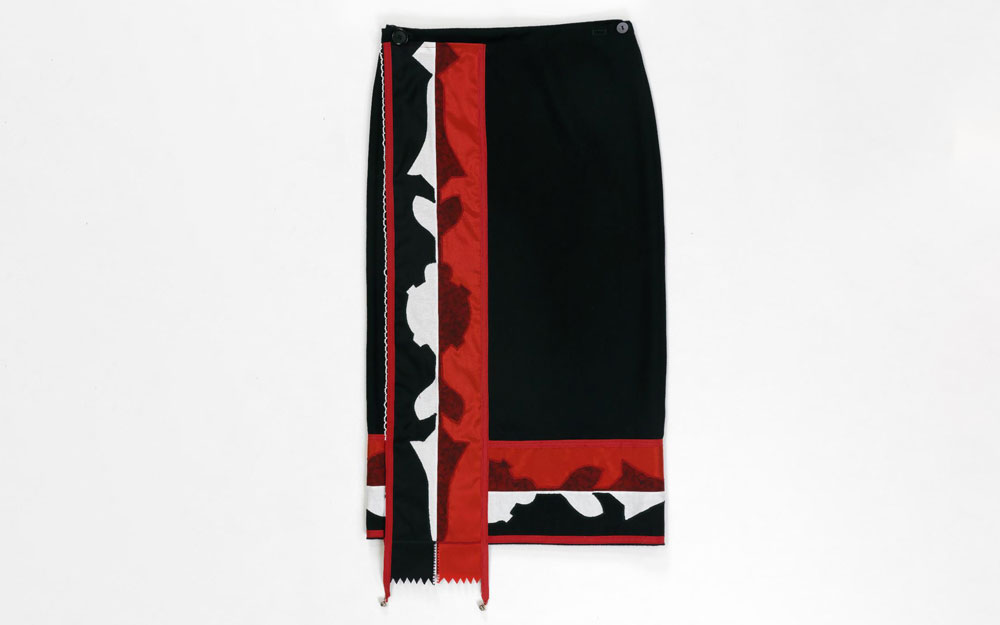
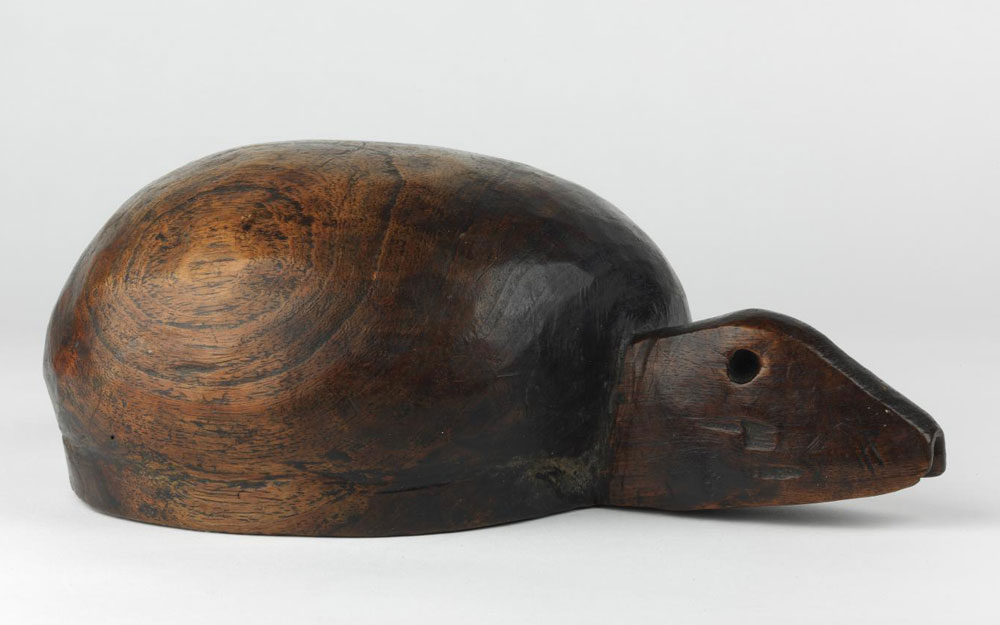
Among traditional Pueblo peoples, the act of creating a jar like this one is very spiritual and considered a form of prayer. Beginning with digging the clay from the earth to shaping and decorating the jar, all actions connect the artist to the Creator. The images on this jar-clouds, rain, and birds-are symbols of Pueblo spirituality. 29-77-73
In the 1930s, Penn archaeologists discovered hundreds of ancient stone tools near Clovis, New Mexico. With the tools, they also recovered several complete mammoth skeletons and a species of extinct bison. This evidence confirmed that Native peoples inhabited North America as long as 12,000 years ago. 36-19-16
Made by the Mandan people of North Dakota, this early 19th-century war shirt comes from buckskin decorated with leather fringe, beading, porcupine quills, as well as horse and human hair. While this shirt was designed for battle, the Mandan people’s troubles arrived in the form of smallpox, wiping out 90% of their population when the disease hit their village. 38251A
Made by Denise Bright Dove, this traditional woman’s fancy outfit is made in the Delaware style and is worn at powows and celebrations by Delaware (Lenape) women in the United States and Canada today. 2013-17-1B
The turtle is an important animal to Delaware (Lenape) peoples. According to their creation story, the turtle agrees to carry all of creation on his back. As a result, the Delaware refer to their homelands as “Turtle Island.” 86-26-1
Counternarratives: Native American Artists in Our Own Words amplifies the varied and meaningful substance of Native American art today. Pueblo, Dinè, and Tlingit artists speak about the power of art to strengthen cultural traditions and pathways, to record histories, to heal, and to record the beauty and fragility of nature.
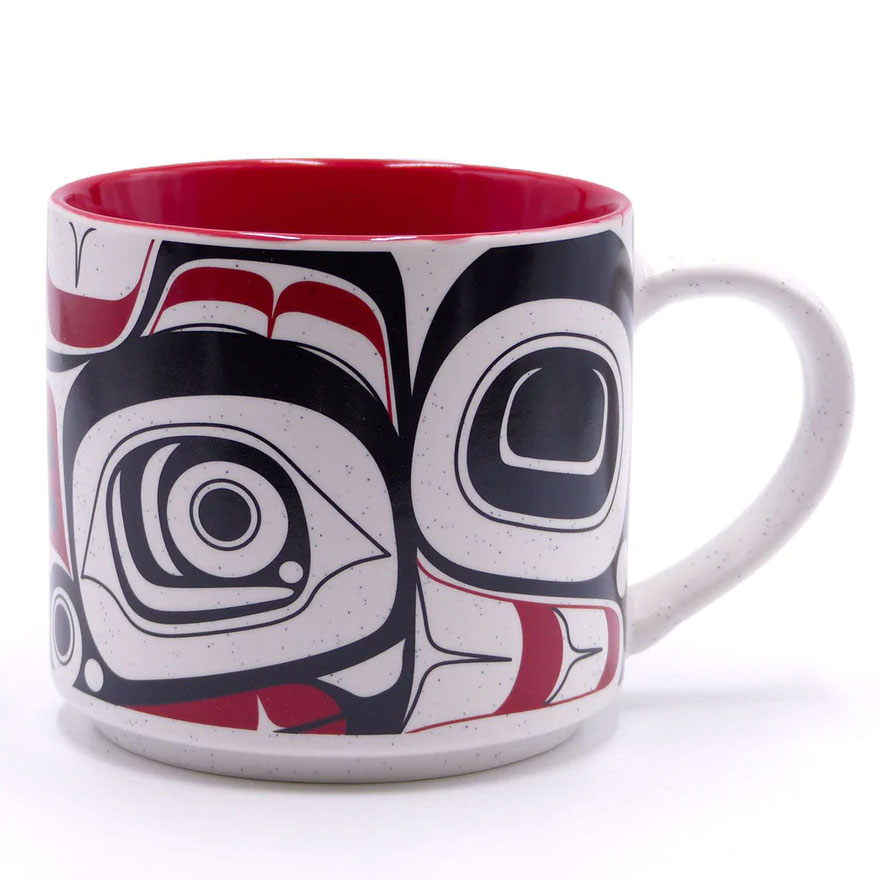
MUSEUM SHOP
Shop in-store or online for handmade jewelry, home and body, clothing, books, art, and more inspired by the Native American Voices exhibition.
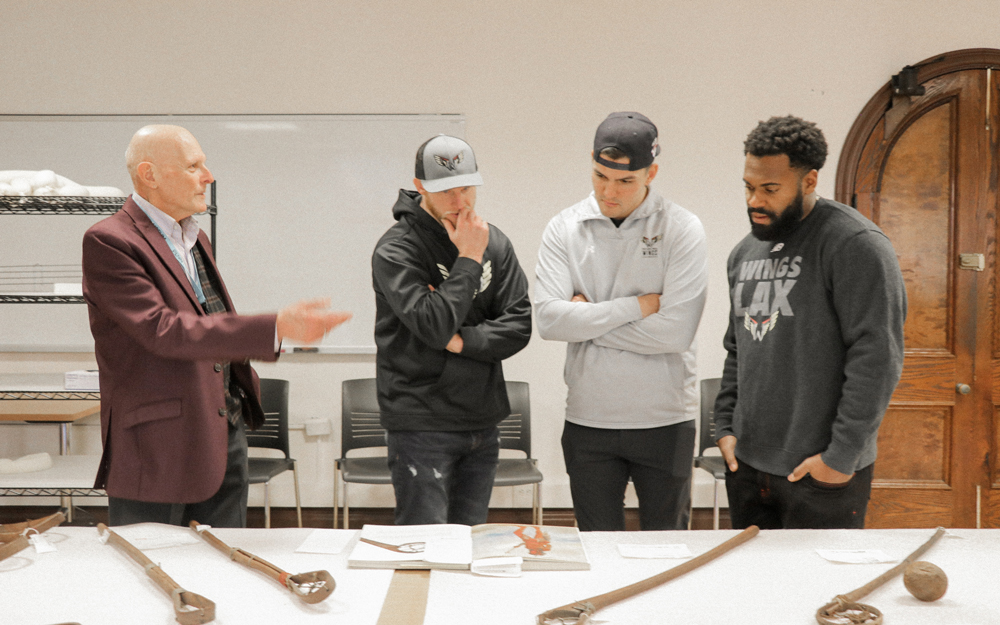
During a recent visit by the Wings, Dr. Lucy Fowler Williams and William Wierzbowski, curators of the American section, shared artifacts related to stickball, an indigenous sport that influenced modern lacrosse. Both sports continue to be played by and hold great importance for many Native American communities today.